Test Amit sep
Bioremediation: Efficient Environmental Clean-up Technique
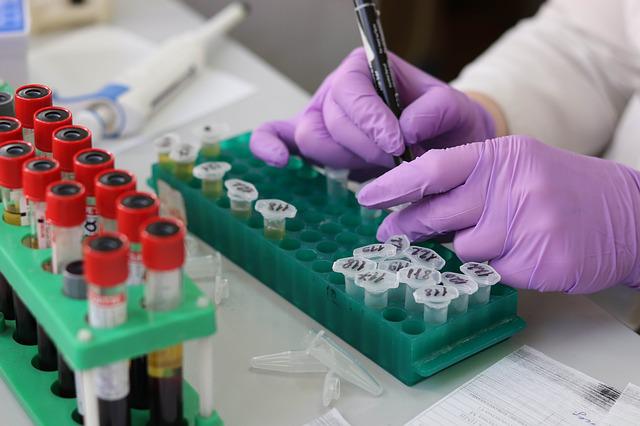
Bioremediation is an eco-friendly, cost-effective, and efficient environmental clean-up technique when compared to chemical treatment or physical removal of hazardous compounds from contaminated soil or water. Microorganisms owing to their biodiversity and catabolic potential, have been immensely harnessed for the biodegradation of toxic pollutants for many decades.
Microorganisms and their Properties: These diverse catabolic activities are due to catabolic genes and enzymes. Furthermore, microbes possess other adaptation strategies, such as modifying the cellular membrane to maintain the necessary biological functions, producing surface-active compounds (biosurfactants), and using efflux pumps to decrease the concentration of toxic compounds inside the cells. All these mechanisms and metabolic abilities make microorganisms an exciting and sound tool for the bioremediation of contaminated sites.
The techniques
Bioremediation can be done using the following methods (one or both): Biostimulation and Bioaugmentation.
Bioaugmentation
Bioaugmentation is the addition of a pre-adapted pure bacterial strain; a pre-adapted consortium; the introduction of genetically engineered bacteria; and the expansion of biodegradation of relevant genes packaged in a vector to be transferred by conjugation into indigenous microorganisms. A bioremediation system usually requires the application of strategies customized for the specific environmental conditions of the contaminated site.
Biostimulation
Biostimulation is the injection of nutrients and other supplementary components to the native microbial population to induce propagation at a hastened rate. Biostimulation accelerates the decontamination rate as one or more rate-limiting nutrients are added to the system to improve the degradation potential of the inhabiting microbial population.
Despite having mixed results from different research groups worldwide, bioaugmentation and biostimulation hold the promise of epitomizing bioremediation of contaminated sites. Although distinct from each other in principle, the two can be used as complimentary techniques for the remediation of oil spills and chronically contaminated sites. The actuality of competent microorganisms for bioremediation, their nutrient requirements (carbon, nitrogen, phosphorous, oxygen) along with suitable growth conditions (redox potential, temperature, salinity, pH, etc.) should be firstly determined by laboratory and field trials. Based on these considerations, a deep understanding of microbial abilities, their metabolic networks, cellular resistance, and adaptation mechanisms will bring out a variety of appropriate "microbial formulas" tailored for a particular contamination site. Microorganisms well adapted to a particular environment and deficient nutrients should be considered an effective strategy for combating oil spills.
Bioaugmentation and biostimulation may contribute to overcoming a critical bottleneck of bioremediation technology in the future.
How would you rate this Article ?
Press the number of stars to rate this Magazine.
4.5 Author Points.
Based on 20 Magazines written by this author.
No Magazine Ratings yet





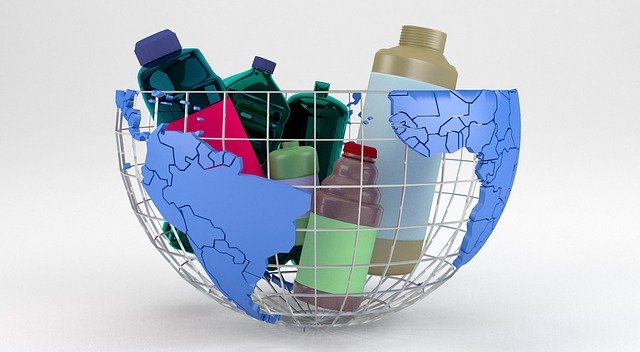







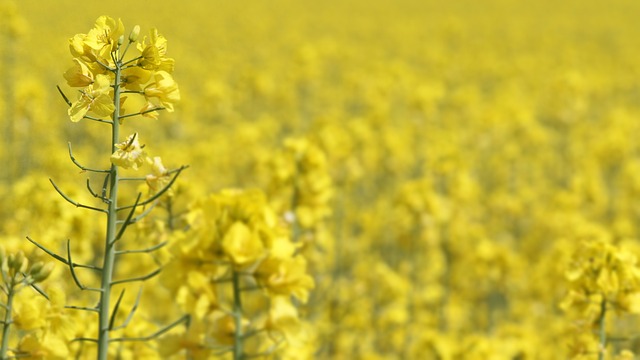




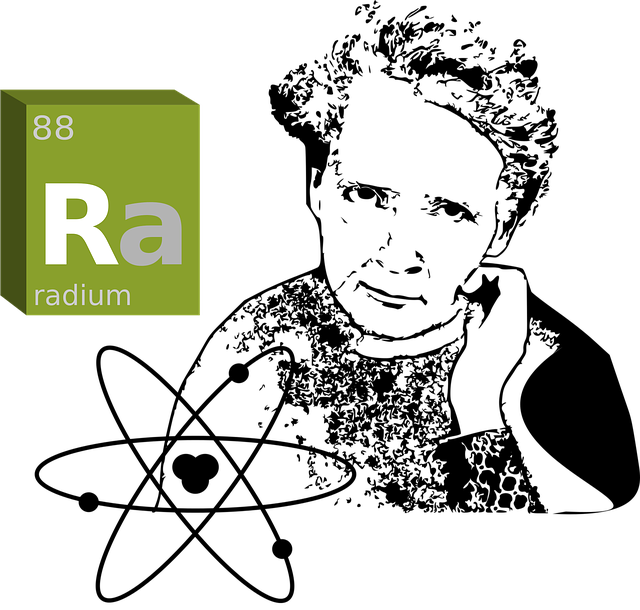



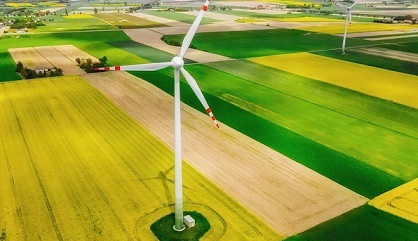


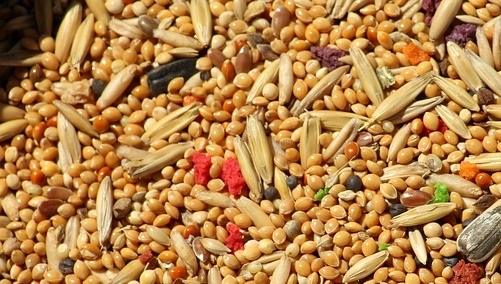









Please Sign In or Sign Up to leave a Comment.